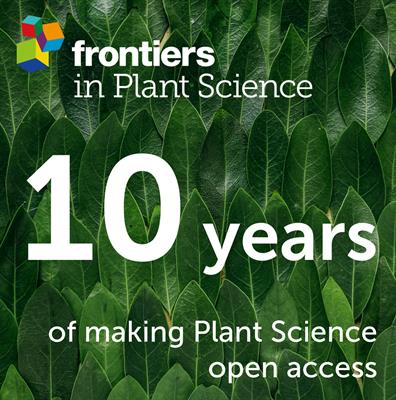Comparative plastome assembly of the yellow ironweed (Verbesina alternifolia) using Nanopore and Illumina reads
IF 4.1
2区 生物学
Q1 PLANT SCIENCES
引用次数: 0
Abstract
Chloroplast genomes (plastomes) represent a very important source of valuable information for phylogenetic and biogeographic reconstructions. The use of short reads (as those produced from Illumina sequencing), along with利用 Nanopore 和 Illumina 读数对黄铁草(Verbesina alternifolia)进行比较性质粒体组装
叶绿体基因组(质粒体)是系统发育和生物地理重建的重要信息来源。使用短读数(如 Illumina 测序产生的读数)和从头开始的读数组装一直被认为是质粒组重建的 "黄金标准"。然而,短读数往往无法重建叶绿体基因组中的长重复区域。长纳米孔(ONT)读数可以帮助弥合长重复区域,但与 Illumina 测序产生的读数相比更容易出错。马鞭草属(Verbesina)是菊科马鞭草属(Heliantheae)中最大的属,包括具有重要经济价值的观赏或入侵杂草物种。然而,该属尚未发表完整的叶绿体基因组。我们利用 Illumina 和 Nanopore 测序数据以及不同的组装策略重建了 Verbesina alternifolia 的质体组,并评估了 Nanopore 组装的实用性。两个质体序列组合,一个是通过 Nanopore 测序获得的,另一个是通过 Illumina 读数推断的,除了同核苷酸区域的碱基缺失外,其他都是相同的。交替花叶病毒质粒组的最佳组合长度为 152,050 bp,分别包含 80 个、29 个和 4 个独特的蛋白质编码基因、tRNA 和 rRNA。当用作绘制 Illumina 读数的参考时,所有质粒的表现相似。在系统发生学分析中,包括来自密切相关类群(来自 Heliantheae 联盟)的 28 个其他质粒组,两个 Verbesina 叶绿体基因组被归为一类,并与 Heliantheae s.str. 族的其他成员嵌套在一起。我们的研究凸显了纳米孔技术在快速、经济地组装叶绿体基因组方面的实用性,尤其是在缺乏公开质粒体的分类群中。
本文章由计算机程序翻译,如有差异,请以英文原文为准。
求助全文
约1分钟内获得全文
求助全文
来源期刊

Frontiers in Plant Science
PLANT SCIENCES-
CiteScore
7.30
自引率
14.30%
发文量
4844
审稿时长
14 weeks
期刊介绍:
In an ever changing world, plant science is of the utmost importance for securing the future well-being of humankind. Plants provide oxygen, food, feed, fibers, and building materials. In addition, they are a diverse source of industrial and pharmaceutical chemicals. Plants are centrally important to the health of ecosystems, and their understanding is critical for learning how to manage and maintain a sustainable biosphere. Plant science is extremely interdisciplinary, reaching from agricultural science to paleobotany, and molecular physiology to ecology. It uses the latest developments in computer science, optics, molecular biology and genomics to address challenges in model systems, agricultural crops, and ecosystems. Plant science research inquires into the form, function, development, diversity, reproduction, evolution and uses of both higher and lower plants and their interactions with other organisms throughout the biosphere. Frontiers in Plant Science welcomes outstanding contributions in any field of plant science from basic to applied research, from organismal to molecular studies, from single plant analysis to studies of populations and whole ecosystems, and from molecular to biophysical to computational approaches.
Frontiers in Plant Science publishes articles on the most outstanding discoveries across a wide research spectrum of Plant Science. The mission of Frontiers in Plant Science is to bring all relevant Plant Science areas together on a single platform.
文献相关原料
| 公司名称 | 产品信息 | 采购帮参考价格 |
|---|
 求助内容:
求助内容: 应助结果提醒方式:
应助结果提醒方式:


